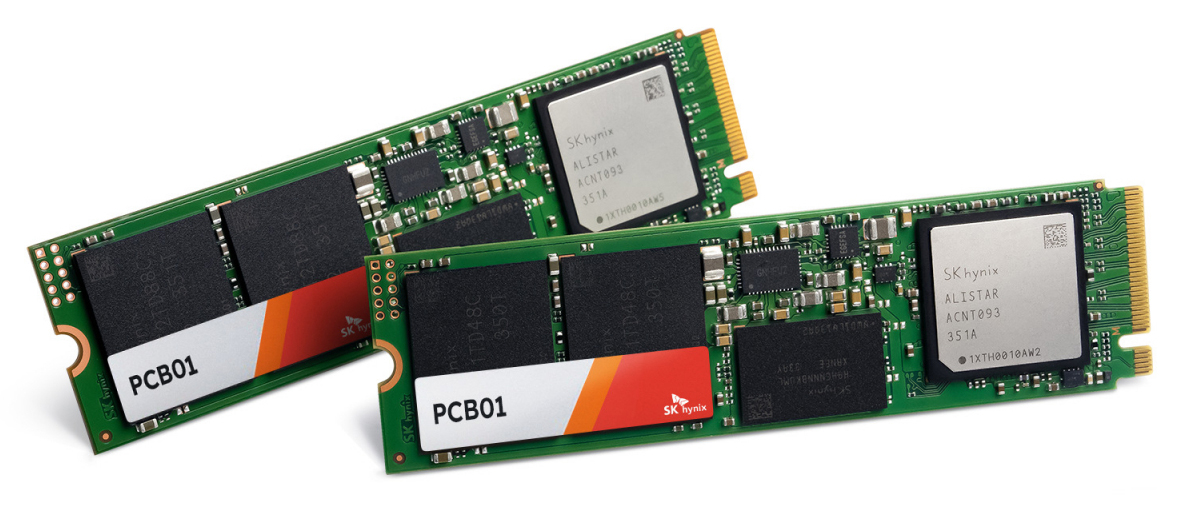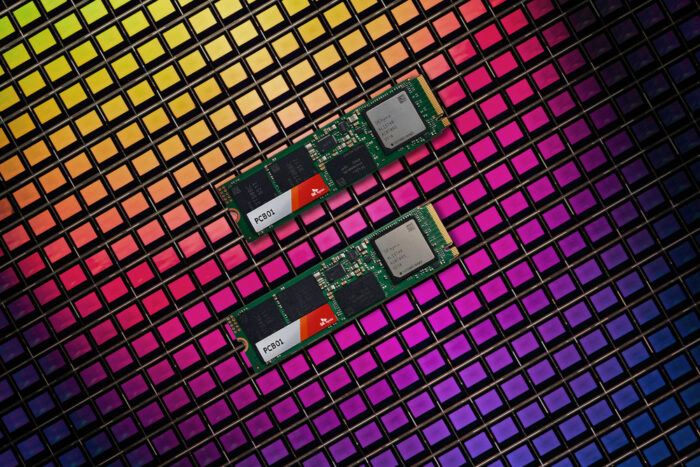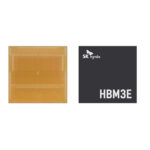ASIA ELECTRONICS INDUSTRYYOUR WINDOW TO SMART MANUFACTURING
SK hynix Steps Ahead of NAND Game with New SSD
SK hynix Inc. has developed PCB01, an SSD product with the industry’s best specifications, for on-device artificial intelligence (AI)1 PCs.
The product marks the first case where the industry adopts the fifth generation of the 8-channel2 PCIe3 technology. Also, it brings innovation to performance including the data processing speed.

The company expects the latest advancement in the NAND solution space to add to its success stories in the high-performance DRAM area led by High Bandwidth Memory (HBM). Thus, this would enhance its leadership in the overall AI memory space.
A validation process with a global PC customer underway. Amid this, SK hynix plans to mass produce and start shipping the products to both corporate customers and general consumers within this year.
Breaches Record Speeds
Primarily, PCB01 comes with the capabilities of sequential read and write speeds of 14GB and 12GB per second, respectively. Thus, this feature brings the performance of an SSD to the level unseen before. The speeds allow the operation of a large language model4, or LLM, for AI training and inference, in a second.
Also, the product comes with an improvement in power efficiency of more than 30% compared with the previous generation. Thus, it enhances the stability of large-scale AI computing tasks.
SK hynix also adopted the SLC5 caching to produce PCB01. Specifically, it adopts a technology that places the single-level cell (SLC) in some parts of the NAND cell to accelerate performance. As a result, a PC user can experience a faster performance for both AI services and conventional computing.
Additionally, the product features a capability aimed at protecting personal data. SK hynix engineers built the root of trust6 (ROT). It is a security solution in the PCB01 to prevent external cybersecurity attacks and forging and falsification of information, while protecting a user’s password.
The company plans to launch PCB01 in three capacities – 512GB, 1TB, and 2TB.
Ahn Hyun, Head of the N-S Committee at SK hynix, said that numerous global providers of CPU for on-device AI PCs are requesting collaboration for compatibility validation process. “We will work towards enhancing our leadership as the global top AI memory provider also in the NAND solution space by successfully completing the customer validation and mass production of PCB01, which will be in the limelight.”

Footnotes:
1On-device AI: a technology that implements AI functions on the device itself, instead of going through computation by a physically separated server. A smartphone’s direct collection and computation of information allows fast reactions of the AI performance, while promising an improved customized AI service.
2Channel: a route for the input/output of data between a NAND flash and a controller on the SSD. An increase in the number of channels leads to advancement of the PCIe to the next generations and an improvement in the data processing speed. A 4-channel SSD is typically adopted for conventional PCs, while an 8-channel SSD is for high-performance PC.
3Peripheral Component Interconnect Express (PCle): a serial-structured, high-speed input/output interface used on the motherboard of digital devices
4Large language model (LLM): a language model trained on vast amounts of data, which is essential for performance of generative AI tasks such as creating, summarizing, and translating texts.
5Single-level cell (SLC): a type of memory cell used in NAND flash that stores one bit of data in a single cell. As the amount of data stored increases, the memory cell becomes a multi-level cell (MLC), a triple-level cell (TLC), and a quad-level cell (QLC). An increase in the data storage means more data can be stored in the same area, but the speed and stability decreases. An SLC enables faster processing of selected data.
6Root of Trust (RoT): an area of the hardware that can always be trusted in terms of security, while enabling prevention of forging and falsification of information.
-28 June 2024-




